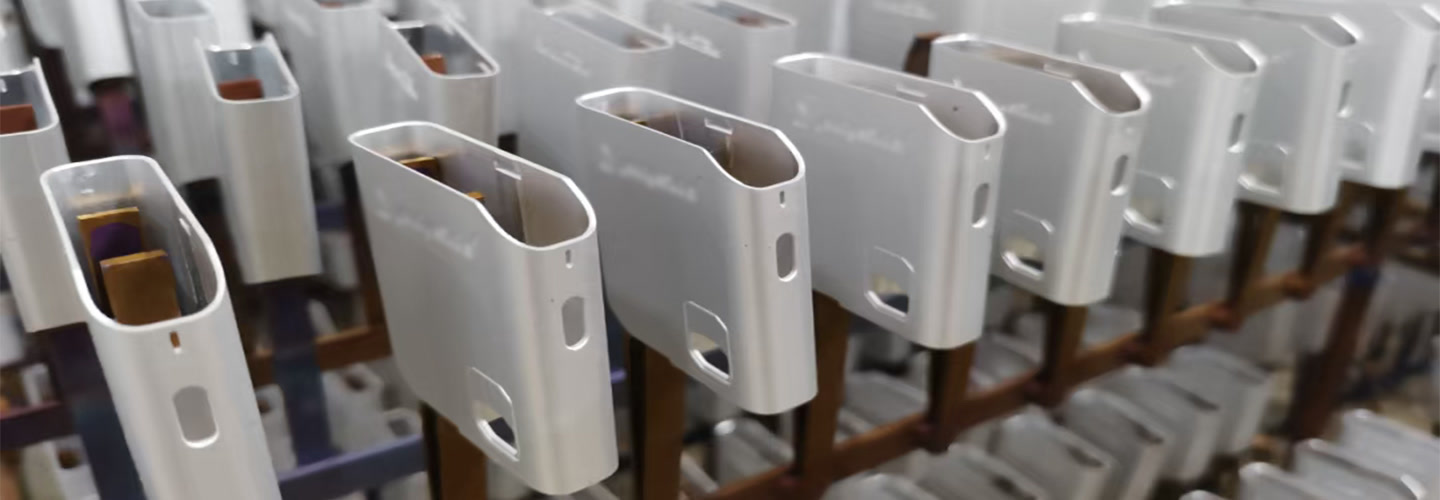
Sheet metal fabrication is a critical process that enables the production of functional components across various industries, from household appliances to industrial machinery. By leveraging advanced techniques, innovative materials, and practical expertise, we deliver reliable, high-performance solutions tailored to specific engineering requirements, helping you achieve the best results for your projects.
What Is Sheet Metal Fabrication?
Sheet metal fabrication refers to the process of transforming flat sheets of metal into three-dimensional parts through cutting, bending, welding, or other specialized methods. These sheets, typically less than 6mm thick, can be crafted into an array of products, ranging from simple brackets to complex robotic components.
Why Choose Sheet Metal Fabrication?
Cost-effectiveness: Suitable for both small-batch prototyping and large-scale production.
Precision: Advanced technologies ensure high accuracy and repeatability.
Versatility: Compatible with a wide range of materials, including steel, aluminum, copper, and stainless steel.
Key Processes in Sheet Metal Fabrication
To achieve optimal results, mastering the following processes is essential:
Cutting
Cutting removes excess material to achieve the desired shape. Modern techniques such as laser cutting, waterjet cutting, and CNC punching ensure precision and efficiency. For example, laser cutting is ideal for intricate designs due to its fine beam width.
Bending
Bending forms sheet metal into angles or curves using a press brake. Understanding the minimum bend radius is critical to preventing cracking or deformation during the process.
Welding
Welding joins two or more pieces of metal by melting them at the joint. MIG (Metal Inert Gas) and TIG (Tungsten Inert Gas) welding are widely used for their strength and clean finishes.
Surface Treatment
Surface treatments enhance the appearance and durability of the final product. Common methods include painting, powder coating, anodizing, and polishing. For instance, anodizing improves corrosion resistance in aluminum components.
Material Selection
Choosing the right material is vital to achieving the desired performance, cost-efficiency, and sustainability. Below are some key considerations:
Performance Metrics
When selecting materials, consider the following properties:
Strength: The ability of the material to withstand external forces.
Hardness: Resistance to deformation or scratching.
Corrosion Resistance: Crucial for outdoor or harsh environments.
Traditional Materials
Stainless Steel: Offers excellent strength and corrosion resistance but has moderate hardness.
Aluminum Alloys: Lightweight, corrosion-resistant, and suitable for applications requiring reduced weight.
Titanium Alloys: Combines high strength, hardness, and corrosion resistance, making it ideal for demanding applications.
Emerging Materials
Composite Materials: Composites combine different materials, such as carbon fiber and resin, to provide exceptional strength-to-weight ratios. These materials are widely used in industries such as automotive and robotics, where there is a demand for lightweight but strong solutions.
Lightweight Alloys: Alloys like magnesium and aluminum-lithium reduce weight without compromising strength. They are particularly beneficial for energy-efficient vehicles, enhancing fuel economy and reducing emissions.
Sustainable Practices in Sheet Metal Fabrication
As environmental concerns grow, integrating sustainable practices into sheet metal fabrication becomes increasingly important:
Energy Efficiency: Optimize machine settings to minimize energy consumption. For example, variable-speed motors in CNC machines can significantly reduce electricity usage.
Waste Reduction: Use nesting software to maximize material utilization and minimize scrap. Recycling leftover metal scraps also contributes to sustainability.
Eco-Friendly Materials: Choose recyclable materials with low environmental impact. Recycled aluminum, for instance, consumes 95% less energy compared to producing virgin aluminum.
Design Considerations for Sheet Metal Parts
To ensure manufacturability and cost-effectiveness, keep the following design tips in mind:
Hole Size and Placement: Holes should be at least 1.5 times the material thickness to avoid distortion during cutting.
Bend Radius: Ensure the bend radius is equal to or greater than the material thickness to prevent cracks.
Tolerances: Specify tolerances carefully to balance precision and cost. Tighter tolerances increase complexity and costs.
Edge Finishing: Deburring or rounding edges improves safety and aesthetics.
Practical Application
Sheet metal fabrication finds application across various industries:
Construction: Roof panels, cladding, and structural supports.
Electronics: Enclosures, heatsinks, and connectors.
Appliances: Refrigerator doors, oven linings, and washing machine drums.
Industrial Machinery: Conveyor systems, guards, and frames.
One of our consumer electronics clients needed lightweight and durable casings for their new laptop model. By working closely with their team and using aluminum alloys, we optimized the manufacturing process to minimize waste. This helped them reduce production costs by 12% while maintaining the required strength and aesthetic quality.
FAQ: Common Questions About Sheet Metal Fabrication
How to Choose the Right Material Thickness?
Material thickness depends on the load-bearing requirements and flexibility needs of your application. Thicker materials provide greater strength but may limit design flexibility.
How to Prevent Deformation During Bending?
Use appropriate bend radii and support the material adequately during the bending process. Avoid exceeding the material's yield strength to prevent cracking.
What Are Some Tips for Reducing Costs?
Simplify part designs to minimize machining time. Use standard sizes and shapes to reduce material waste. Leverage automation for repetitive tasks.
How to Prevent Rust on Finished Products?
Apply protective coatings such as galvanization, painting, or powder coating. Store products in dry conditions and avoid exposure to moisture during transportation.
Conclusion
Sheet metal fabrication is evolving with advances in technology and materials. We leverage CNC machining, precision bending, and surface treatments to create efficient, cost-effective, and sustainable solutions. From design to production, we work with you to deliver high-quality results on time. Let us bring your vision to life with innovation and expertise.
